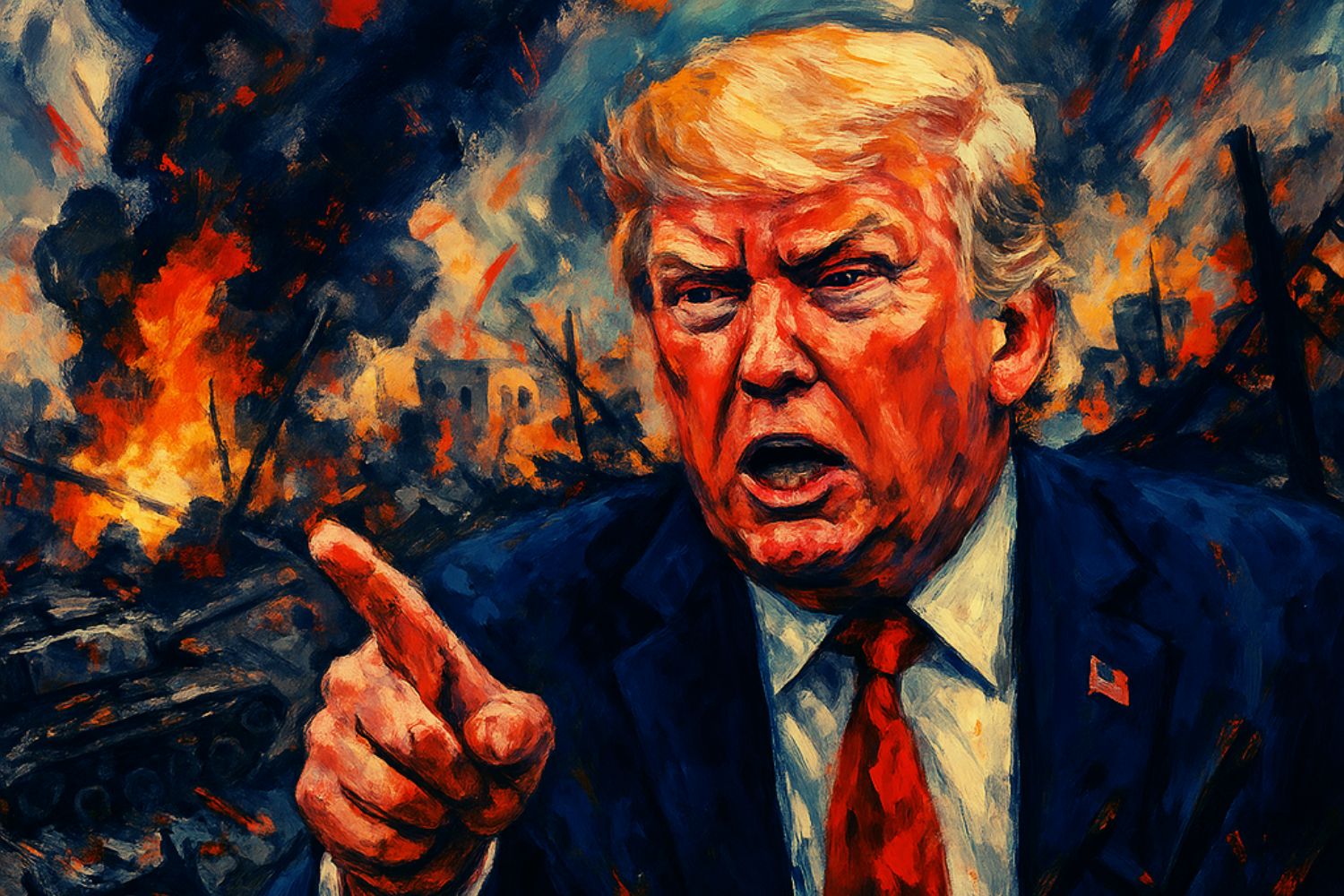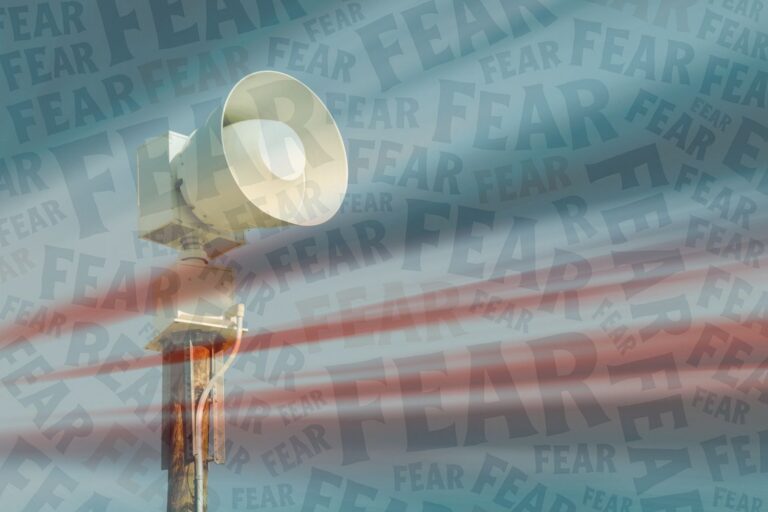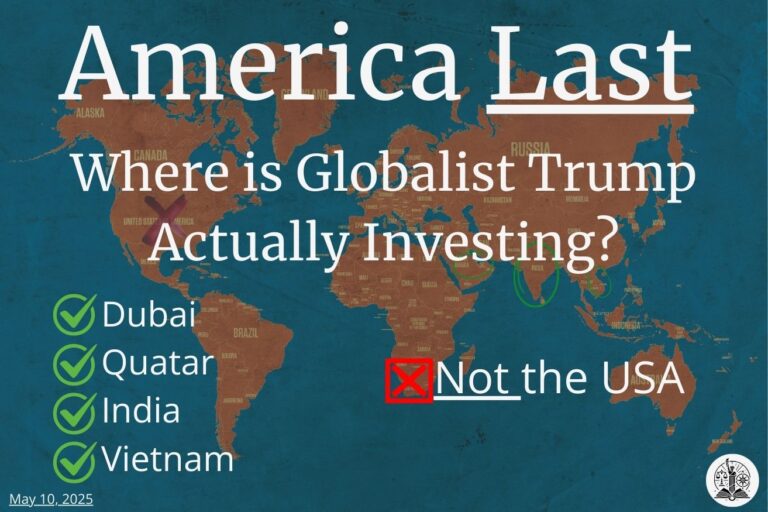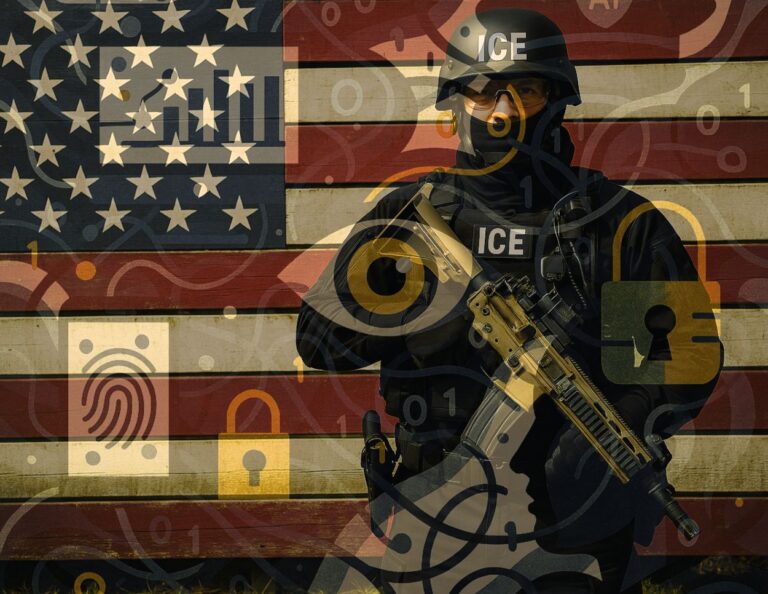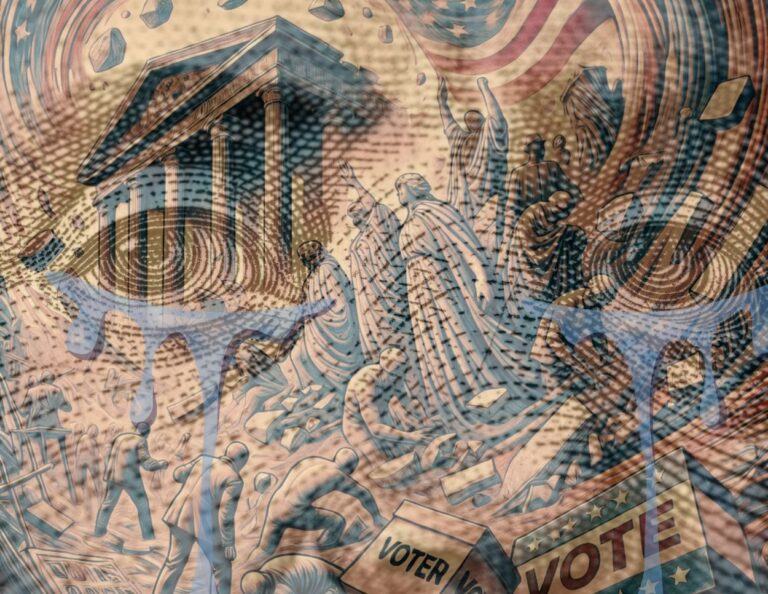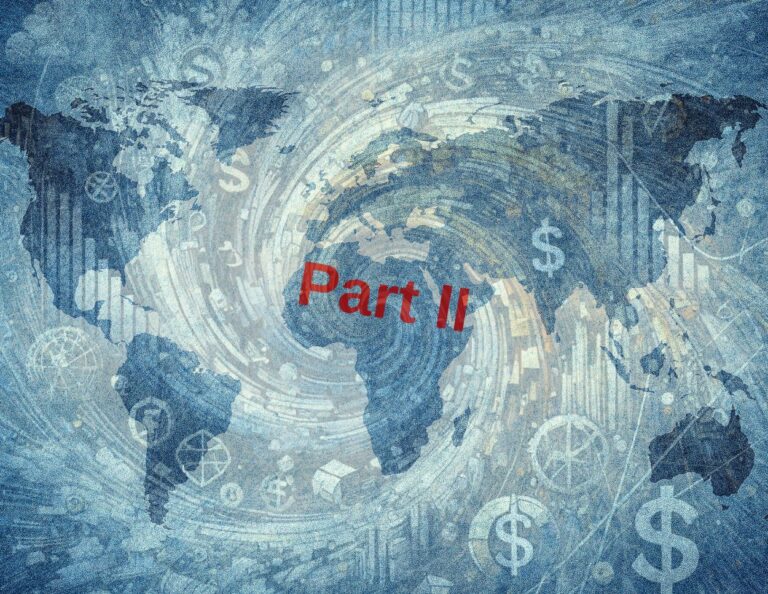Why Trump Can’t Bring Peace
Donald Trump said he would bring peace to Ukraine and Gaza on day one. That line made it into rally speeches, interviews, and soundbites, repeated with the same conviction he once used to promise a border wall or trade victories. No plan. No timeline. Just confidence.
And it landed—especially with people who feel burned out by the noise and grief of war. The promise of immediate peace sounds like relief. But the question nobody asks often enough is: what kind of peace is he talking about?
Because not all peace is equal.
Quiet Can Be Deceptive
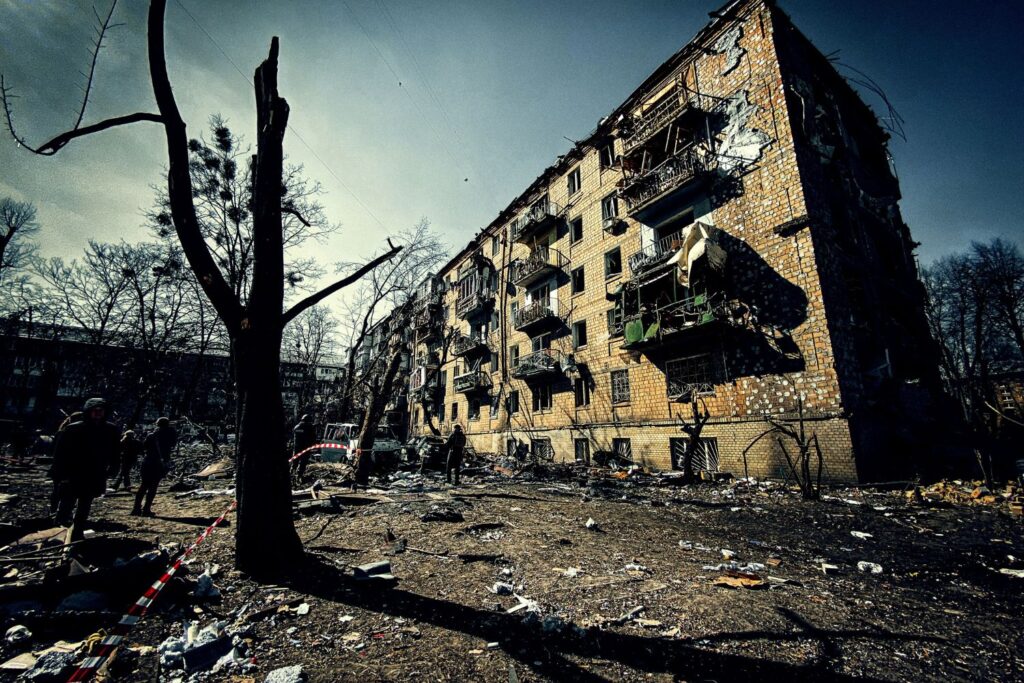
Stopping gunfire is easy to celebrate. It looks like progress. It feels like relief. But if violence stops without changing the conditions that led to it, the result isn’t peace. It’s silence. And silence can be enforced.
Authoritarian regimes do this all the time. They remove dissent, suppress the press, and declare the nation calm. That’s not stability. That’s fear with a polished surface.
In Gaza, a ceasefire that leaves displacement, occupation, and blockade intact is not a resolution. In Ukraine, a deal that hands over territory without consent or accountability doesn’t settle anything. It just pauses the bloodshed and locks in the imbalance.
That kind of quiet is fragile. It doesn’t last. It can’t.
JUSTICE Is What Makes Peace Hold
If peace is going to be real, it has to be more than the absence of conflict. It needs structure. It needs reckoning. That’s the part Trump never talks about.
After apartheid, South Africa didn’t just move on. It held hearings. It told the truth. It allowed people to name what had been done to them. In Europe, after World War II, peace came with trials. The world didn’t just say “enough.” It said, “never again,” and acted on it.
Peace that lasts is built with justice baked in. Not slogans. Not forced deals. Not rushed photo ops.
Skip that part, and the violence you silence now will find its way back later, often worse.
True Peace Is Not Merely the Absence of Tension; It Is the Presence of Justice.
Martin Luther King, Jr.
Trump’s Style Has Nothing To Do With That
Trump doesn’t deal in long processes. He prefers leverage and theater. His version of diplomacy is built on pressure and personal loyalty. The details get flattened. The outcomes get simplified.
We saw that with his Gaza pitch. Turn it into a resort. Move people out. Frame it as prosperity. Not a word about self-determination, or who decides what happens to that land and the people living on it.
It’s always the same pattern. Find the strongmen. Cut a deal. Call it peace.
And when that fails—when the silence breaks—it’s someone else’s mess to clean up.
He’s Inherently Going to Fail
It’s easy to roll your eyes at campaign promises. But this one is dangerous because people want to believe it. Real peace is hard. It’s slow. It asks things from everyone involved, not just the powerful. Trump offers something faster, simpler, and ultimately hollow.
If we accept his framing, we normalize the idea that peace doesn’t need justice. That the violence only matters when it’s visible. That stability is something you impose instead of something you earn.
That mindset doesn’t just miss the point. It creates new problems, then walks away from them.
Peace Can’t Be Decided From the Top
If peace is going to mean anything, it has to involve more than the people shaking hands in front of cameras. It has to account for those who lived through the war, who lost family, who were displaced, silenced, or erased.
Otherwise, we’re not ending anything. We’re just freezing the conflict until the next spark.
Trump can talk about peace all he wants. But if he doesn’t understand justice, he can’t bring it. Not on day one. Not ever.

